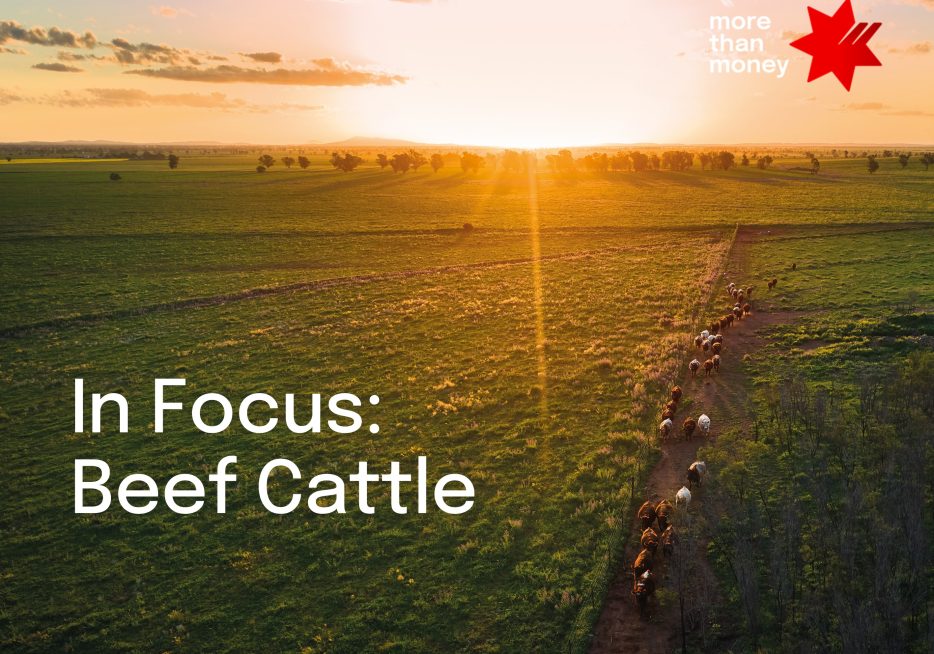There is no excerpt because this is a protected post.

Report
The NAB Quarterly Business Survey showed a marginal deterioration in overall business conditions in the June quarter, with the level remaining close to four year lows. All states experienced difficult conditions in the quarter.

The New South Wales economy has performed well relative to most states over the past six months, with its diversified industry structure helping to cushion the economy from the mining investment slowdown. With New South Wales households more sensitive to interest rates, lower interest rates should support household consumption, a faster housing recovery and a gradual improvement in non-mining business investment growth. The recent depreciation of the Australian dollar (AUD) should support activity in trade-exposed sectors. Of course, the New South Wales economy is not entirely immune to the slowdown in mining investment, but the transition towards exports growth should provide a boost to gross state product (GSP) from 2014-15. The New South Wales economy should gradually strengthen as demand from resource-intensive states improves and the upswing in housing investment becomes more entrenched.
The Victorian economy has a diversified (largely non-mining) industry structure, making it more stable than many of the other states. Lower interest rates and improved consumer sentiment are expected to underpin household consumption growth, while partial data suggest further improvement in property market conditions.Victoria should also benefit from increased net interstate trade, while a weaker AUD should support stronger exports. While there are several areas of potential growth, there remain a number of inherent weaknesses in the Victorian economy. Fiscal consolidation will continue to restrain government spending and investment for some time. Victoria also has a relatively large share of industries facing challenging conditions, including manufacturing, retail and wholesale trade. The Victorian outlook appears relatively stable, although growth is expected to remain below-trend over the forecast horizon.
Queensland has benefited greatly from the rapid surge in mining investment that, up until recently, was growing at an exceptionally high speed. While the strength in mining has strengthened the Queensland economy relative to the other states, the non-mining sector continues to struggle, not helped by ex-Tropical Cyclone Oswald in early 2013. While dwelling investment is recovering, helped by lower interest rates and faster net migration, the Queensland housing market has generally underperformed. This in part reflects the relative cautiousness of Queensland consumers, with the high AUD and still soft global growth weighing heavily on trade exposed and labour intensive sectors. Looking ahead, a downturn in business investment is expected to be negative for Queensland’ growth, but stronger household consumption and dwelling investment growth should help to offset this. While a lower AUD should assist growth, weakness in labour intensive parts of the state may keep the unemployment rate elevated for some time.
The swelling in mining investment has been an enormous support to the Western Australian economy, with growth spilling into other parts of the state and other states. But this has made Western Australia highly vulnerable to mining industry conditions. The mining boom brought with it increased population growth, which has boosted dwelling investment and household consumption, with the latter also benefiting from the high AUD via increased purchasing power. As mining investment unwinds, so too will growth. Given the labour intensity of mining investment, employment growth is expected to slow. This is likely to put increased pressure on the domestic economy, with housing market activity expected to stabilise, and the easing in income and population growth expected to limit demand.
Growth in the South Australian economy moderated over 2012-13, with consumer spending and housing demand remaining subdued. Sectors exposed to the high AUD continue to face challenges, though they should be supported by the recent dollar depreciation. Non-specialised parts of the manufacturing sector have faced especially difficult conditions, including motor vehicle manufacturing and associated supply firms, which will have implications for further growth. A net outflow of migration will keep labour market conditions reasonably subdued. Overtime, the rising Asian middle class will increase world demand for high quality food and wine, which should be supportive for South Australia.
The Tasmanian economy continued to under perform relative to the rest of Australia, with state final demand contracting by 2.9% in 2012-13. With Tasmania struggling to remain competitive in the mainland and overseas markets and lower population growth presenting ongoing problems for its household sector, there appears to be little upside to the near-term outlook for this state. Nonetheless, the recent dollar depreciation should provide some relief to trade-dependent sectors, and there will be opportunities for investment in dairy and agriculture sectors over coming years. Government revenue pressures will keep public spending restrained over the forecast horizon, contributing to the reasonably subdued outlook for growth in 2013-14.
For further analysis download the full report.
© National Australia Bank Limited. ABN 12 004 044 937 AFSL and Australian Credit Licence 230686.